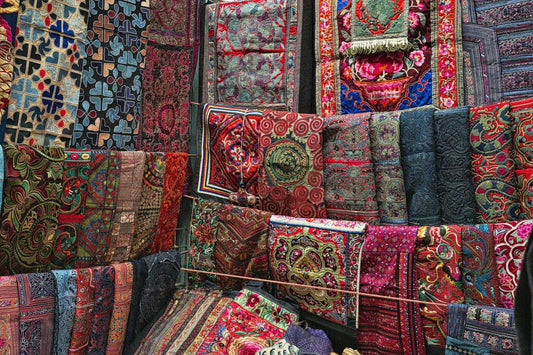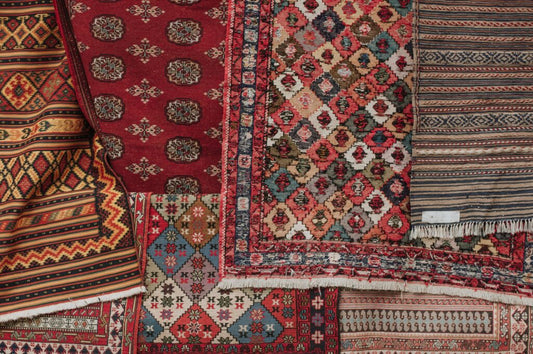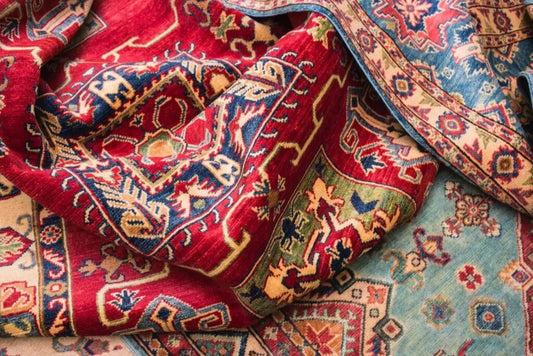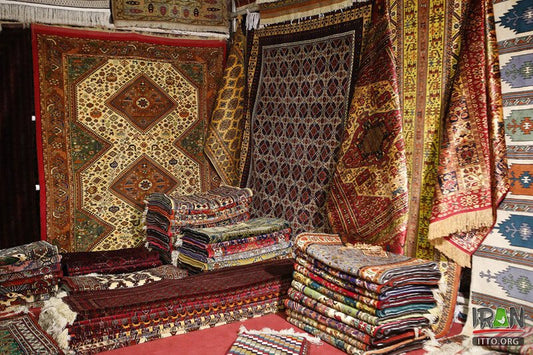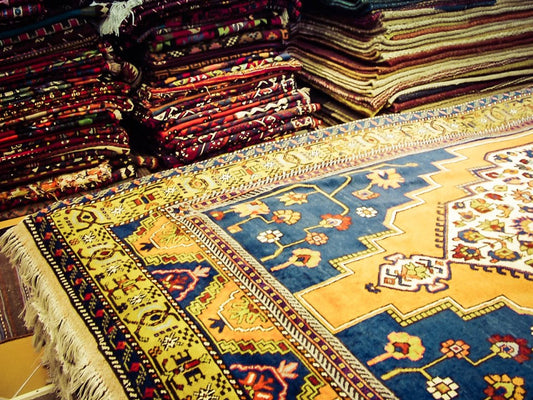Persian rugs are not only popular for their fine quality and durability but also the diverse range of styles and crafts woven within them.
They are considered extremely luxurious, owing to the mastery and craftsmanship required in their creation But what primarily makes them most prominent and distinguishes them from the rest, is the myriad style and unique characteristics that each possess.
Being among the oldest, the introduction of Persian rugs date back to the times of ancient Greeks when artisans used to craft the rugs by hand, and these handmade woven rugs were as popular as they are today. Because of this long and subtle history, many more types of middle eastern rugs have dramatically evolved and are available in different styles and designs.
There are, of course, many different types and styles of Persian rugs, which have grown and evolved over the centuries. Since the designs of Persian rugs are so diverse, it is almost impossible to list them. However Persian rugs and kilims can be generally categorized into three distinct styles or categories (Tribal, Village and Traditional), which are further divided into some popular subcategories:
Tabriz Rugs:
Starting from one of the oldest rugs, Tabriz rugs which originate from the capital city of Azerbaijan are the most expensive yet most popular. These types of rugs are made of wool and silk warp. Apart from their incredible quality and durability, the design of Tabriz rugs is also unquestionable. Ranging from teardrop medallion to tress, to floral and hunting scenes, these designs add to the beauty of a room when laid on the floor of the house. While the design of Tabriz rugs is still common and popular, antique Tabriz rugs can usually only be found in museums now.
Heriz rugs:
Vibrant colors and bold artistic patterns are some of the characteristics that define Heriz rugs. The quality of the Heriz rugs, like many other Persian rugs, is characteristically reliable. However, Heriz rugs will always carry a large medallion in the centre with several outlines ranging from it. Apart from artistic perfection, these rugs are very durable and can last for generations.
Kashan rugs:
A medallion and delicate pattern around the corner are the trademark symbols of Kashan rugs. Like many other Persian rugs, the colors used in weaving the Kashan rugs are bright and somewhat dark. For designing its pattern and styles, usually, a combination of dark blues, rich reds and ivorys with a minimal touch of green and small splotches of yellow are used. Because of their intricate designs and the fine craftsmanship that it requires, these rugs are often called the “Royal Rugs.”
Nain rugs:
Nain rugs are fine quality, light shade rugs usually ivory in color. The patterns woven on them are generally very delicate and consist of small branches of light color with tiny flowers surrounding their center.
Gabbeh rugs:
Hand-crafted by the local weavers of the Zagros mountains, the tribal influence on these rugs is very prominent. As they are locally made with wool, the quality of these rugs is exceptionally good and world-renowned. The designs woven on them are simple, however, the fine quality wool and natural dyes which typically include red, orange and yellow, do much to keep their beauty and loveliness intact.


